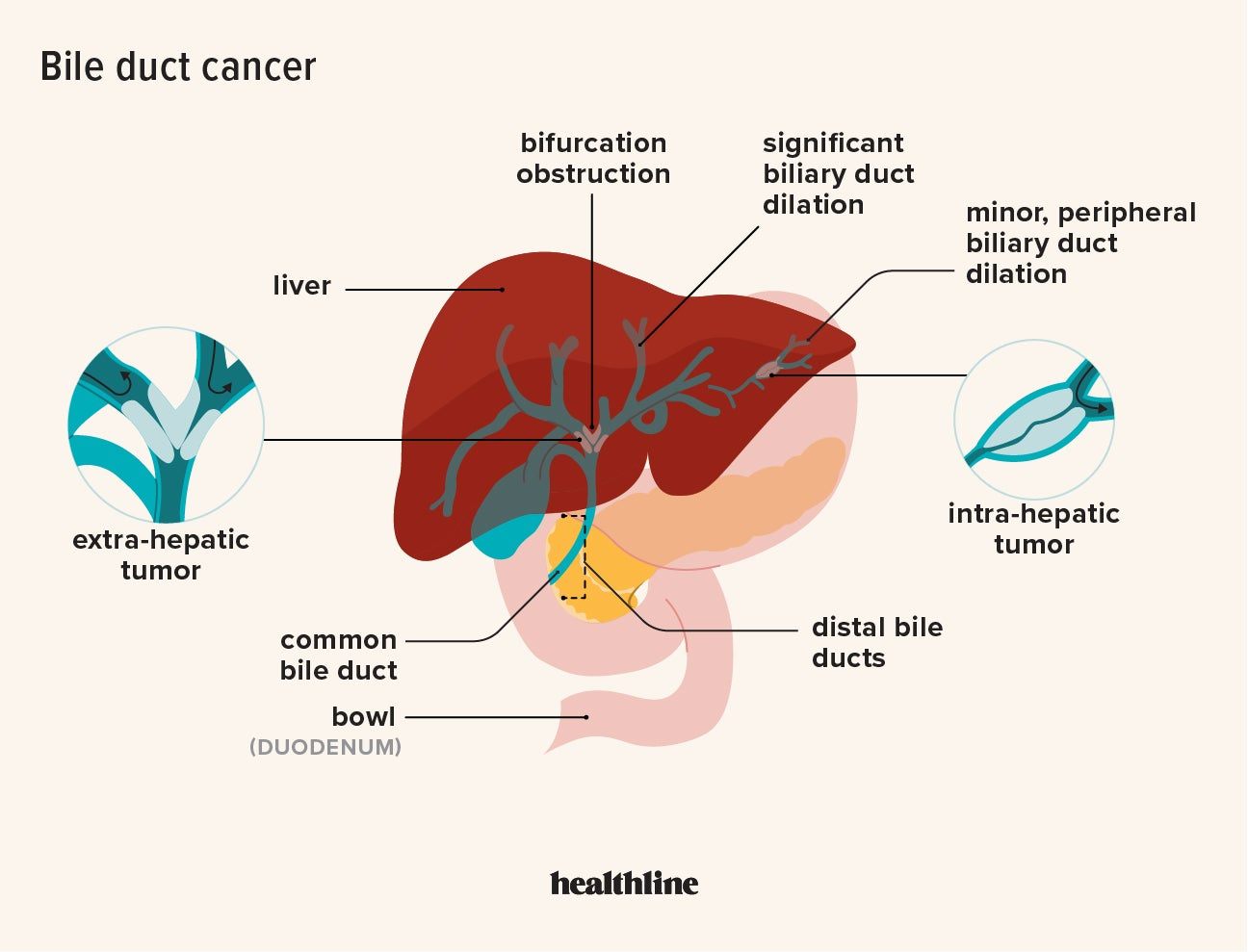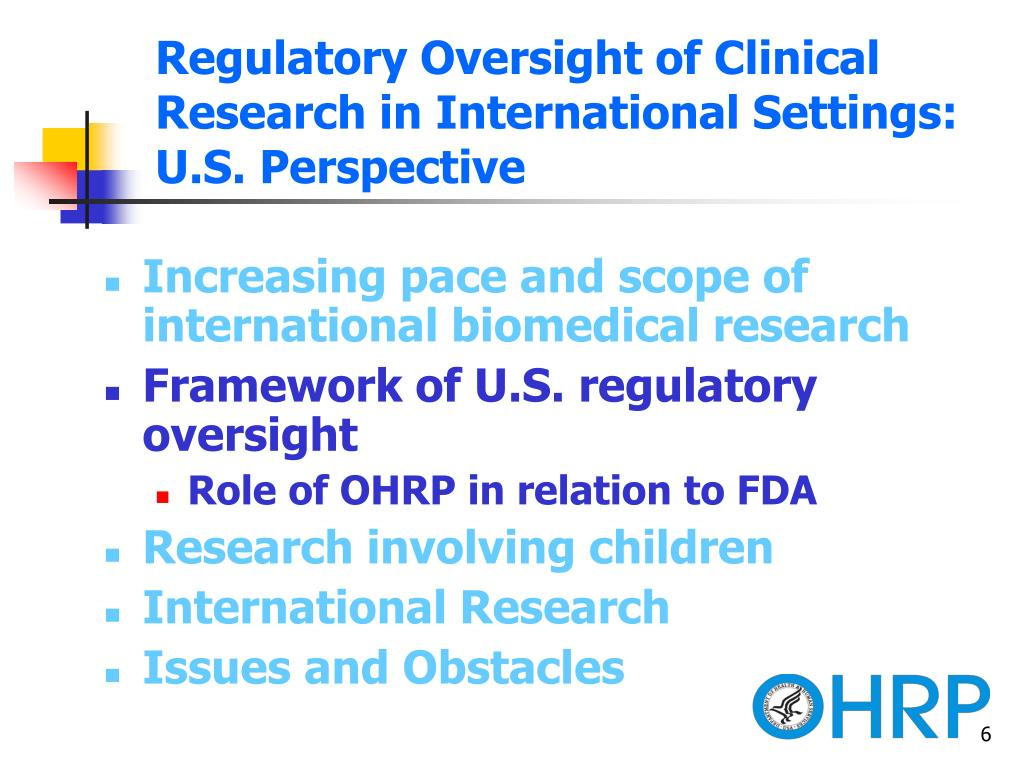
Maternal mortality remains a critical issue in the United States, where the rate of pregnancy-related deaths continues to be alarmingly high. Despite advancements in medical care, the U.S. leads all high-income countries in maternal mortality rates, and recent studies reveal that this rate has only increased over the past few years. Shockingly, more than 80 percent of these deaths are preventable, underscoring the urgent need for improvements in maternal health and healthcare disparities. The data indicates that various factors, including inadequate prenatal and postpartum care, contribute significantly to these tragic outcomes. Addressing these issues is essential not only for individual health but for the overall well-being of families and communities.
The term “maternal mortality” is often used interchangeably with “pregnancy-related deaths,” highlighting a growing concern for the health of mothers during and after childbirth. This topic encompasses broader themes such as maternal health and the quality of pregnancy care provided to women. In the quest to improve healthcare outcomes, it is vital to consider the disparities that exist across different populations, as they significantly influence pregnancy outcomes. Moreover, postpartum care is increasingly acknowledged as a crucial aspect of maternal health, pointing to the necessity of a continuous care framework well beyond the traditional six-week checkup. Understanding the complexity of these issues is essential for enacting meaningful changes in maternal health policies.
Understanding the Rise of Maternal Mortality in the U.S.
Maternal mortality in the United States remains critically high compared to other high-income countries, leading to a significant public health concern. The recent reports indicate that maternal mortality rates have continued to rise, primarily fueled by systemic issues within the healthcare system. Experts cite a lack of coordinated prenatal care and the ongoing disparities among different racial and ethnic groups as major contributors to this troubling trend. The CDC’s data suggest that from 2018 to 2022, the rise in pregnancy-related deaths was particularly pronounced among American Indian and Alaska Native women, who experienced rates nearly four times higher than their white counterparts.
The implications of this increase in maternal mortality are far-reaching, with impacts evident not only on the families of those lost but also on the overall healthcare system. Chronic health issues, particularly cardiovascular conditions, are increasingly affecting younger individuals, complicating pregnancy outcomes. Addressing these disparities requires a renewed focus on equitable healthcare access, informed public health policies, and comprehensive maternal health strategies tailored to the needs of diverse populations.
Frequently Asked Questions
What are the main causes of maternal mortality in the U.S.?
Maternal mortality in the U.S. is primarily driven by chronic conditions, particularly cardiovascular disease, which accounts for over 20% of pregnancy-related deaths. This shift from causes like hemorrhage highlights the need for better maternal health strategies to manage these chronic conditions during pregnancy.
How does access to postpartum care affect maternal mortality rates?
Access to postpartum care is crucial in reducing maternal mortality rates. In the U.S., nearly a third of pregnancy-related deaths occur between 42 days and one year after childbirth. Enhancing postpartum care can significantly improve health outcomes and address issues like chronic diseases that may arise after pregnancy.
Why do racial disparities exist in maternal mortality rates?
Racial disparities in maternal mortality rates are rooted in systemic healthcare inequities, biased policies, and differences in access to quality maternal health services. For example, American Indian and Alaska Native women face significantly higher rates of pregnancy-related deaths compared to white women, revealing the urgent need for targeted interventions in maternal health.
What role do healthcare disparities play in maternal health outcomes?
Healthcare disparities profoundly impact maternal health outcomes, leading to higher rates of pregnancy-related deaths among marginalized groups. These disparities stem from socio-economic factors, access to quality healthcare, and systemic biases, indicating that addressing these issues is essential for improving overall maternal health.
How can public health investments reduce pregnancy-related deaths?
Investing in public health infrastructure is vital for reducing pregnancy-related deaths. Enhanced funding can improve prenatal and postpartum care, address healthcare disparities, and develop innovative solutions to better support maternal health. Without increased investment, efforts to combat rising maternal mortality rates are at risk.
What is the importance of tracking maternal mortality rates?
Tracking maternal mortality rates is crucial for understanding and addressing the factors contributing to pregnancy-related deaths. Since the implementation of the pregnancy checkbox on death certificates began in 2018, accurate data has enabled researchers and policymakers to better analyze trends, inequities, and the effectiveness of interventions in maternal health.
How does chronic illness impact maternal mortality rates?
Chronic illnesses, particularly hypertension and cardiovascular diseases, are increasingly affecting younger individuals and significantly contribute to maternal mortality rates. Addressing these chronic conditions through improved prenatal care and ongoing health management is essential to reduce the risk during and after pregnancy.
What steps are needed to improve maternal health outcomes in the U.S.?
To improve maternal health outcomes in the U.S., it is essential to enhance access to quality pregnancy care, particularly in underserved areas, invest in public health resources, and implement policies that address healthcare disparities. Focused efforts during both prenatal and postpartum periods can help reduce maternal mortality overall.
Why are late maternal deaths significant in maternal mortality statistics?
Late maternal deaths, occurring between 42 days and one year postpartum, are significant as they account for nearly a third of maternal mortality cases in the U.S. Recognizing this period emphasizes the need for comprehensive postpartum care to ensure women’s health and well-being beyond the immediate postpartum phase.
What can be done to decrease preventable pregnancy-related deaths?
To decrease preventable pregnancy-related deaths, it’s essential to provide better prenatal care, ensure access to quality postpartum services, and address the healthcare disparities that contribute to high maternal mortality rates. Community outreach and education, along with policy reforms, are key strategies in this effort.
| Key Point | Details |
|---|---|
| Rising Maternal Mortality Rates | The U.S. has the highest maternal mortality rate among high-income countries, with rates rising from 25.3 deaths per 100,000 live births in 2018 to 32.6 in 2022. |
| Preventable Deaths | Over 80% of pregnancy-related deaths are preventable. |
| Disparities by Race | Significant racial disparities exist, particularly affecting American Indian and Alaska Native women. |
| Leading Cause of Death | Cardiovascular disease is the leading cause, accounting for over 20% of deaths. |
| Need for Better Healthcare | The study emphasizes the need for improved healthcare systems focusing on prenatal and postpartum care. |
| Investment in Public Health | Continued investment in public health infrastructure is crucial to improve maternal health outcomes. |
Summary
Maternal mortality in the United States remains a critical public health challenge, with rising rates identified in recent years. Despite advances in healthcare, the U.S. holds the troubling distinction of leading high-income countries in maternal mortality, indicating a need for systemic reforms in prenatal and postpartum care. As highlighted in a study by the National Institutes of Health, addressing disparities and enhancing healthcare delivery is imperative to significantly reduce preventable death rates associated with pregnancy.






